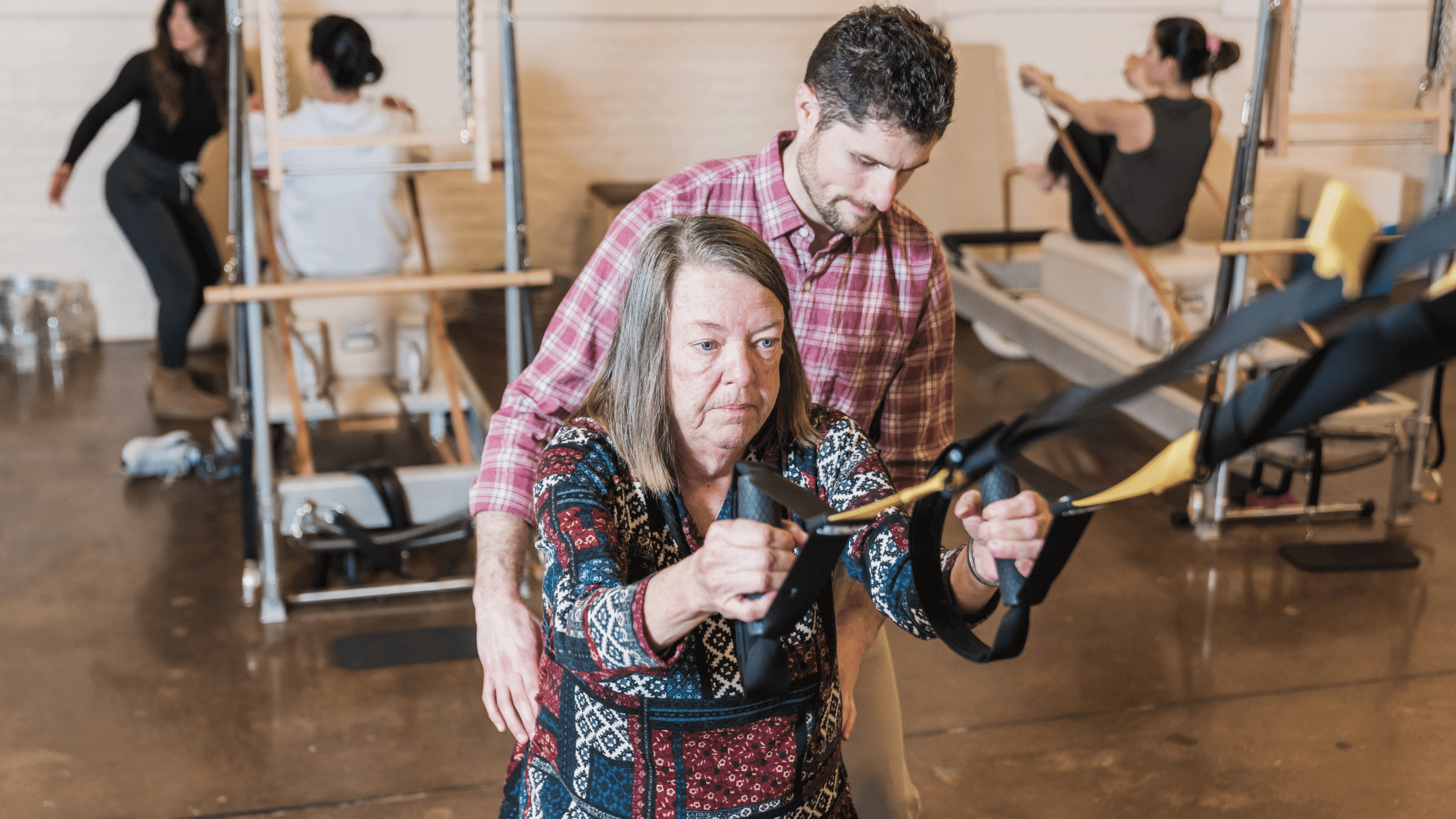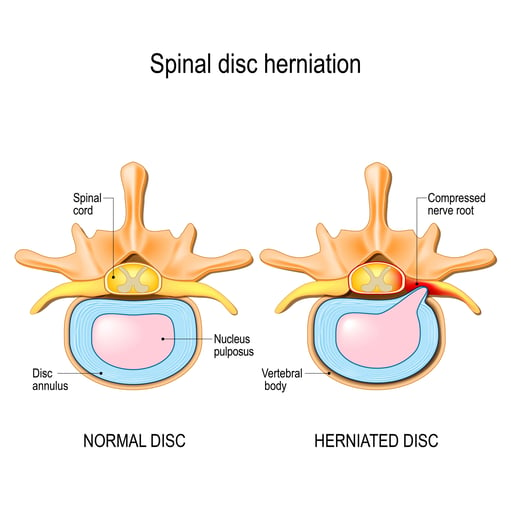Physical Therapy For Herniated Discs: How Can It Help?

Licensed Physical Therapist, PT, DPT // Director of Marketing and Sales // Certified Dry Needling Specialist // EW Motion Therapy Homewood
You probably have many questions when you’re diagnosed with a herniated disc. Do you need surgery? How will this affect your daily life? Your pain level can vary, but any pain can be a barrier to doing your favorite activities.
While the diagnosis can sound scary, don’t panic - depending on the severity of the herniation, some herniated discs can heal on their own. But getting professional help is essential, and physical therapy can be an excellent treatment option. At EW Motion Therapy, we build customized treatment plans for each of our clients so they can move, feel, and live better. Even if you choose to get physical therapy elsewhere, we still want to advise you on how it can help your herniated disc.
This article discusses what can cause herniated discs, how they can affect functional movement, and how physical therapy can help. With this information, you can pursue treatment knowing you are making the best decision for your health.
What can cause herniated discs?
Everyone has a rubbery disc between each vertebra that absorbs shock and protects your spinal cord, and each disc has a liquid nucleus. When the disc’s nucleus gets pushed out between the pliable ring of fibers on the outside, the disc becomes herniated. Picture a stress ball with a net around it - when you squeeze the ball, the squishy part can partially poke out between the net. That is what a herniated disc is like, and hopefully, that example helps you not be so nervous about receiving treatment for it.
Herniated discs most often occur in the lower back (lumbar spine), then the neck area (cervical spine), and rarely in the mid-back (thoracic spine). Excessive load on the spine is a primary cause of a herniated disc, meaning you are putting more pressure on your spine than you can handle. You can put excess pressure on your discs by lifting with your back and not your legs, or lifting and rotating with something too heavy. Also, the natural aging process can cause your discs to shrink and make them more vulnerable to damage, and not necessarily just herniation.

How do herniated discs affect nerves and pain?
When a disc becomes herniated, it can often put pressure on the nerves exiting your spine in the same area. This means you may have altered sensation and pain on the side of your body where the disc protrudes. If this occurs in your neck, you may feel it in your arm. If the herniation occurs in your lower back, you may feel symptoms in your lower extremities. Your symptoms may not change either during movement or at rest. If you have numbness or tingling in certain areas, that can be accompanied by muscle weakness and balance issues.
Most herniated discs are not classified as medical emergencies; some can heal independently without surgical intervention. However, if your symptoms quickly worsen, if you develop bladder or bowel dysfunction, or experience a decrease in sensation at the saddle area between your thighs/groin, you may need emergency medical attention.
How can physical therapy help?
If you see a physical therapist for your mild or moderate herniated disc, they will likely begin to try to decrease your pain. They may apply ice or heat, use manual therapy, and help you find comfortable positions to alleviate as much stress on the nerve as possible. Then, you may progress to low-level exercise, emphasizing gentle muscle activation and building core strength so your core muscles can better support your back. As you continue, your therapist will help you develop better body mechanics to support your pelvis and strengthen your lower back to prevent future herniation from occurring.
While physical therapy can be an excellent non-surgical treatment option, clear your symptoms with your doctor first, so you can rule out other potential causes and get the best treatment.
How else can I promote healing?
Now you know more about herniated discs and how physical therapy can help you avoid surgery. Along with getting professional help, you can work to help your disc heal at home. Eating well and drinking plenty of water are not only helpful for general wellness, but for giving your body the fuel it needs to heal.
While a herniated disc diagnosis can bring up many questions, it is crucial to seek professional advice to ensure a full recovery. Our physical therapists at EW Motion Therapy are trained professionals who want to customize a treatment plan for your specific needs and goals. If you are interested in physical therapy with us, fill out the Request an Appointment form on our website, and someone from our staff will contact you within 48 hours with your next steps.

